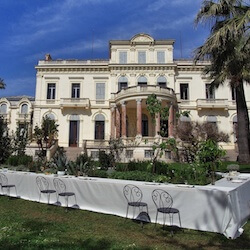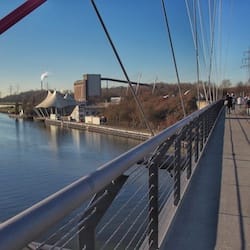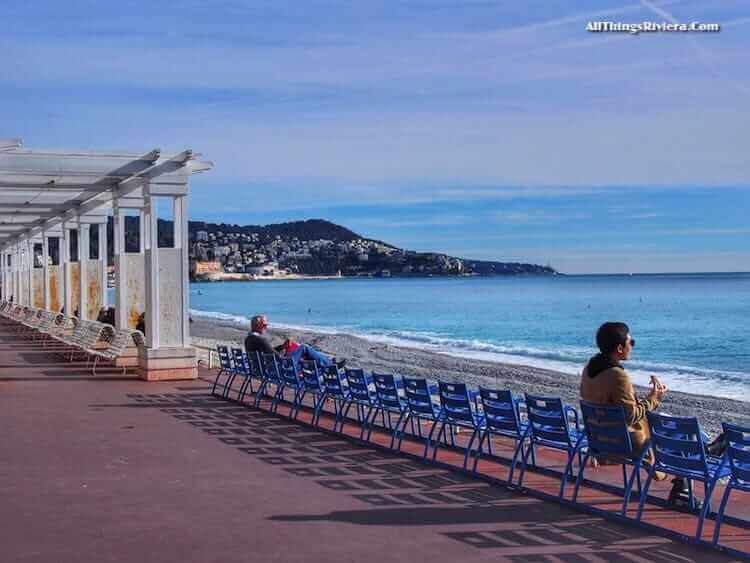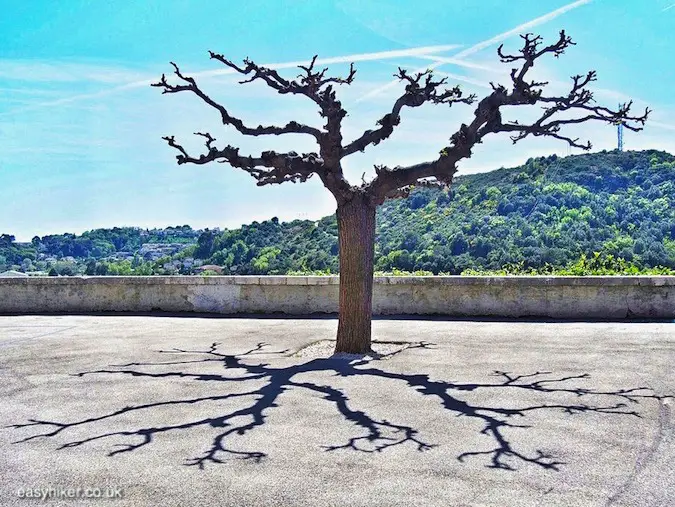If last week’s destination of Bamberg is worth a detour, near-by Würzburg is worth a trip. Würzburg, the unofficial capital of the Bavarian Baroque, bursts at the seams with architectural drama and spectacle, most famously on the Alte Mainbrücke Bridge …

… and in the grandest Bavarian Baroque palace of them all, called simply the Residenz, which has been a UNESCO World Heritage Site since 1981 when it became one of the first cultural monuments worldwide to come under the protection of the United Nations.

Würzburg’s Baroque architecture is the legacy of the Schönborn family who commissioned these projects for themselves or the church they served. First of all, there was Prince Bishop Johann-Philipp, the founder of the dynasty who concentrated on building up a power base in the ecclesiastical hierarchy while he left the reproduction side of the operation – always the tricky bit for a Catholic clergyman – to his brother who dutifully sired 12 children.
Johann-Philip was succeeded as Prince Bishop of Würzburg by his nephew Friedrich-Karl, who had already stepped into the shoes of his brother as Bishop of Bamberg. For Friedrich-Karl, Bamberg was actually his third job and Würzburg the second, while he spent most of his time – for almost 30 years – in Vienna where he served as the Imperial Chancellor of the Habsburg Empire, something what we would call a Prime Minister today.
Four Schönborn brothers eventually occupied episcopal seats in different cities across Germany, and they all had a taste for opulence and ornament. Their dynasty of Cardinals has even survived into the 21st century: Christoph Schönborn, the current Archbishop of Vienna, is a direct descendant of the family. I have, however, no idea where his artistic preferences lie and what he would make of this.
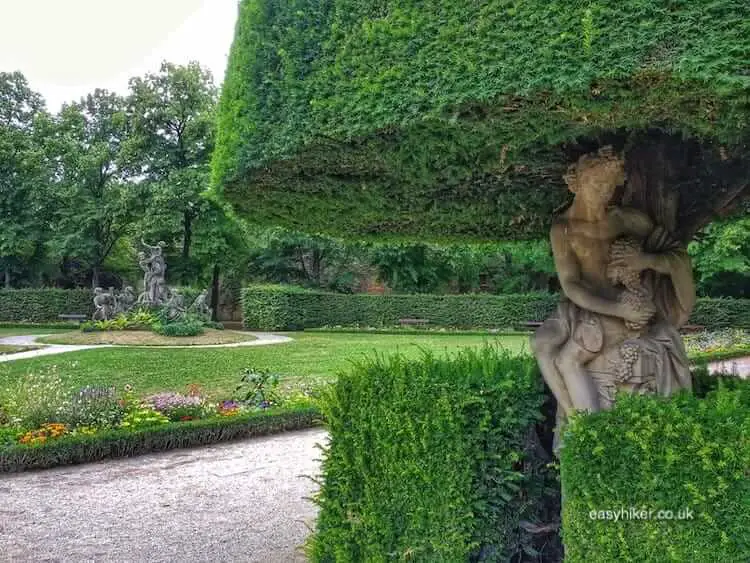
Bamberg and Würzburg may be close neighbours, but they are separated by an important cultural frontier. Bamberg is located in the harsher and more Protestant east of Northern Bavaria, while Würzburg represents the cultural centre of the genteel and traditionally Catholic valley of the river Main that extends towards the west.
In the Middle Ages, the Main valley was the largest wine-growing area in the German Empire north of the Alps. Its vineyards once covered more than 40,000 hectares, but by the early 20th century, almost all of them had been abandoned.
Following the advent of the railways, the local producers saw themselves unable to stave off tougher competition from other regions and abroad. Only the top vineyards in the area survived and, eventually, even prospered, expanding to what has become once again a significant appellation of (currently) 6,000 hectares.
The Stein domain in the north of Würzburg is probably the most famous of those local champions. There are several ways of experiencing the vineyard.
Enjoy the booze and the views of Würzburg’s Wine Trail
The obvious one is to sample its products, which is what we would do if this were a drinking blog – but it is not, so we went for the slightly more boring but healthier option of hiking the Steinweinpfad trail through Würzburg’s favourite vineyard, enjoying the views …
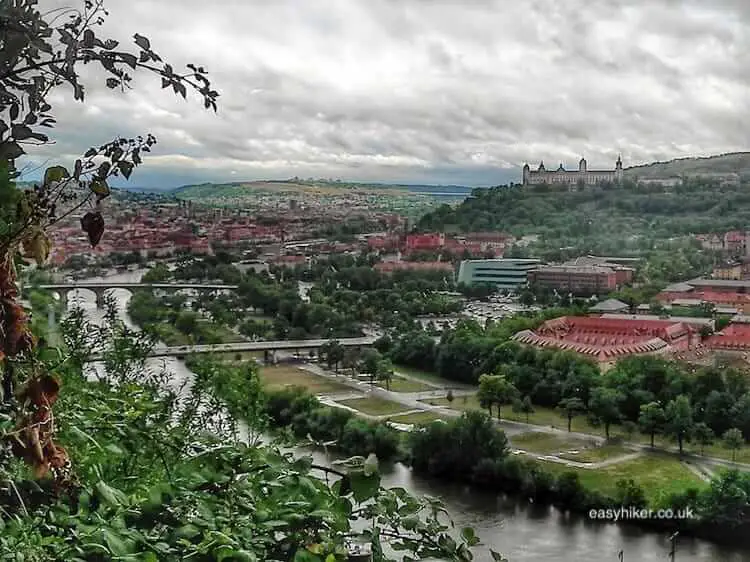
… and the atmosphere …
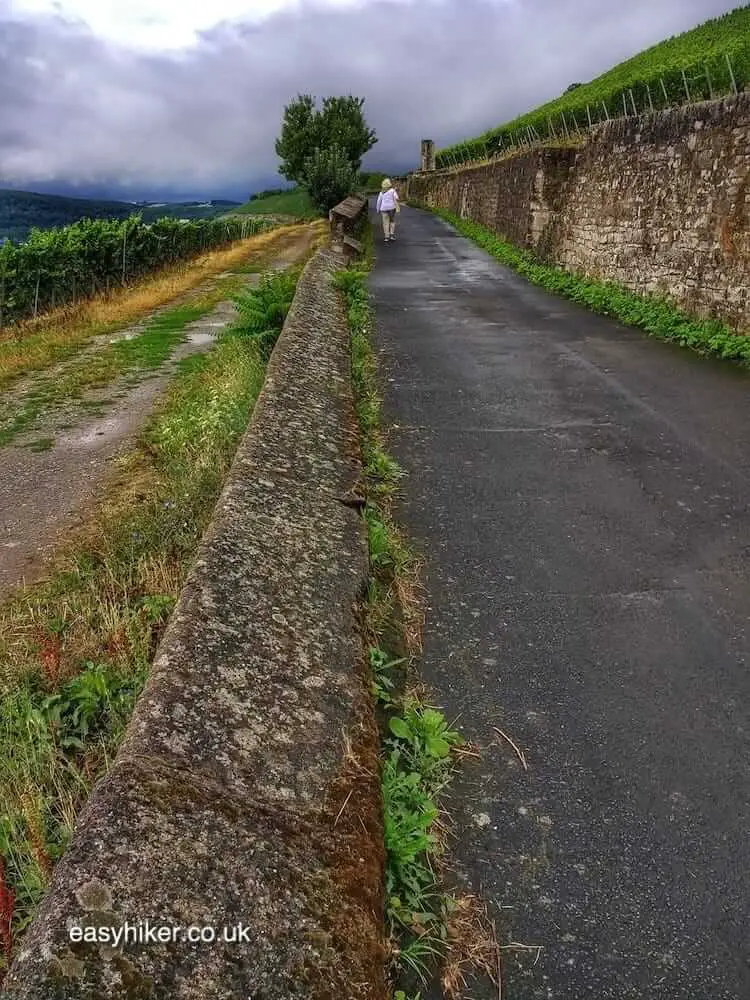
… while learning something about wine and its local history from the many information panels along the way. (Most of them in German only, I’m sorry.)
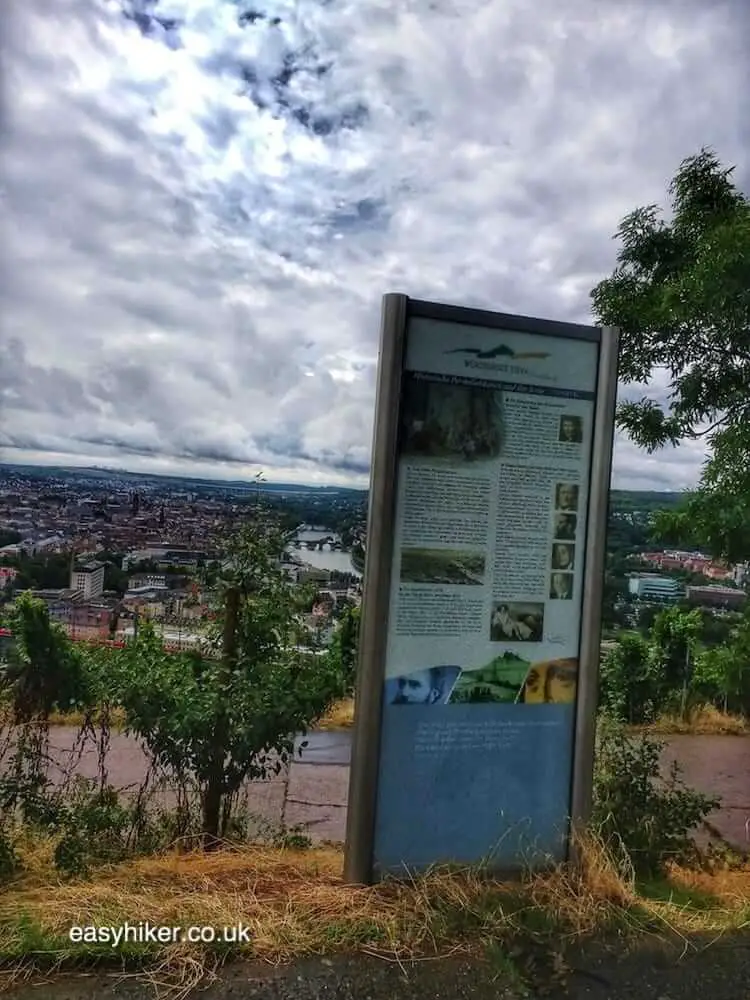
You are, of course, free to combine the two – the drinking and the hiking – as several of the people who immediately preceded us had obviously done.

(We suggest, however, to keep to the local stuff.)
To get to the 4 km long Steinweinpfad, turn right out of Würzburg train station into Bismarckstrasse and continue for approx. 200 metres until you see a ramp on your right hand side.
A few steps further into Bismarckstrasse, just underneath the ramp, turn right into the underpass that provides the shortest route to the Stein vineyard. If you miss that tunnel: don’t worry, there are other ways of reaching the Weinpfad.
Just make your way to the back of the station and look for the trail markers …

… that point you towards the Weingut am Stein and, just behind its premises, the trailhead.
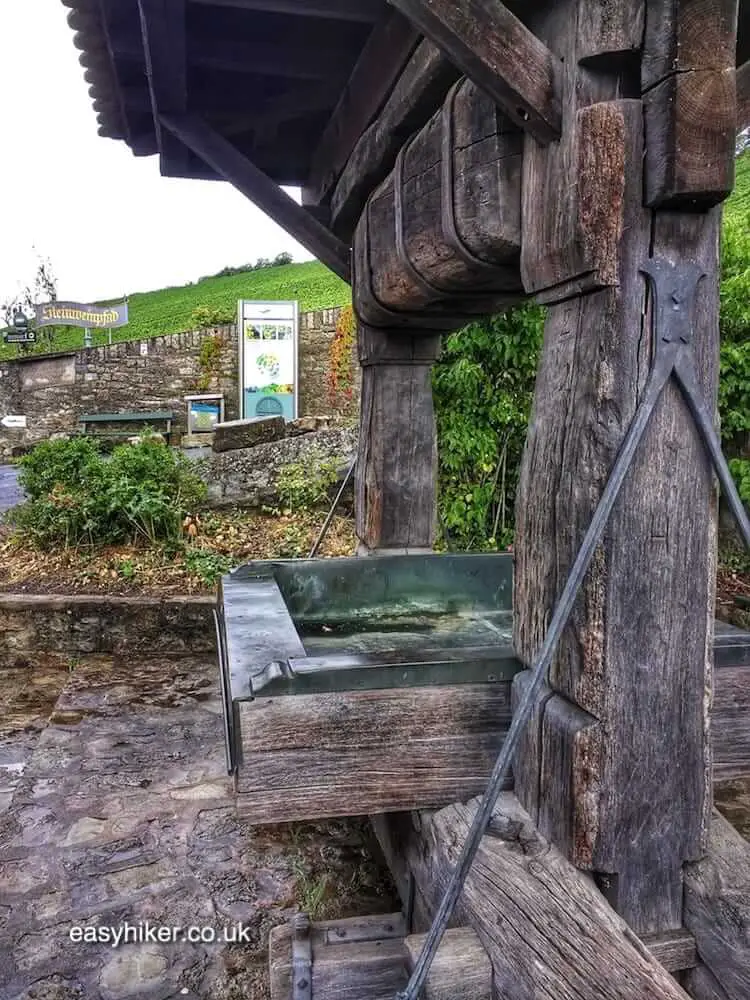
From there, the Steinweinpfad will first take you on a “low road” past the patches that are operated by the different owners. A few smaller sections apart, the domain is in the hands of three large owners: the Bürgerspital and the Juliusspital (both charities of medieval origin) as well as the Staatlicher Hofkeller.
You can tell which section is which by the different coats of arms. (This is the crest of the Juliusspital.)
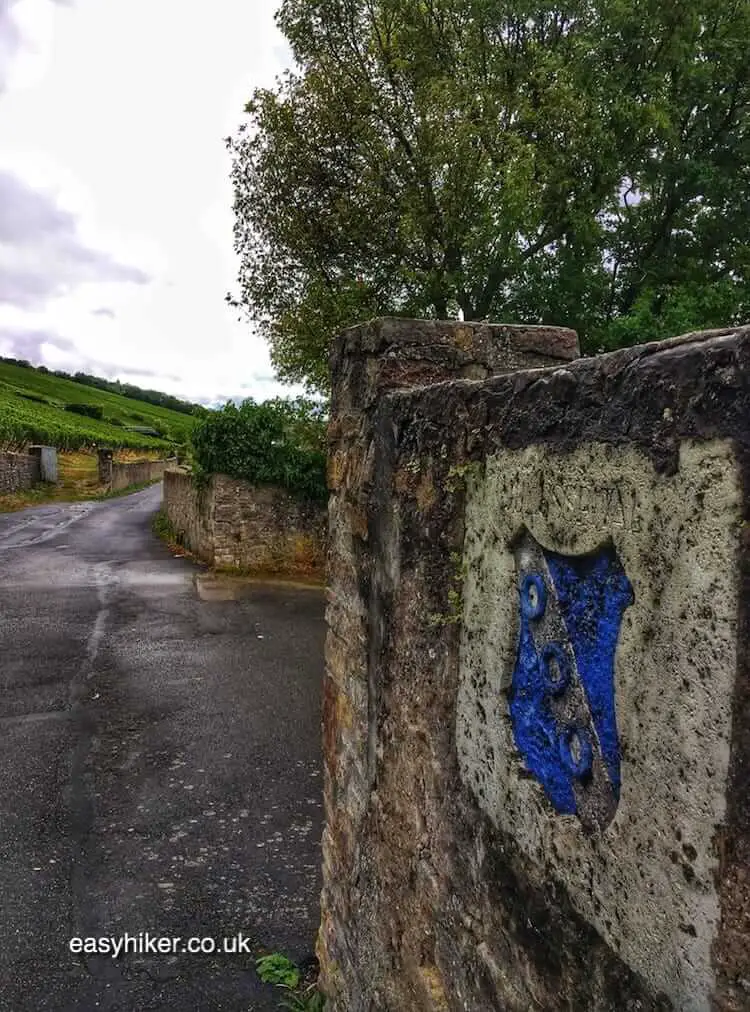
The Staatlicher Hofkeller was expanded and developed by the Schönborns who wanted a first-class wine cellar underneath their Residenz palace. It was, however, established long before that in the year 1128, which makes it the oldest still existing vineyard in Germany. It is now owned by the Bavarian state government.
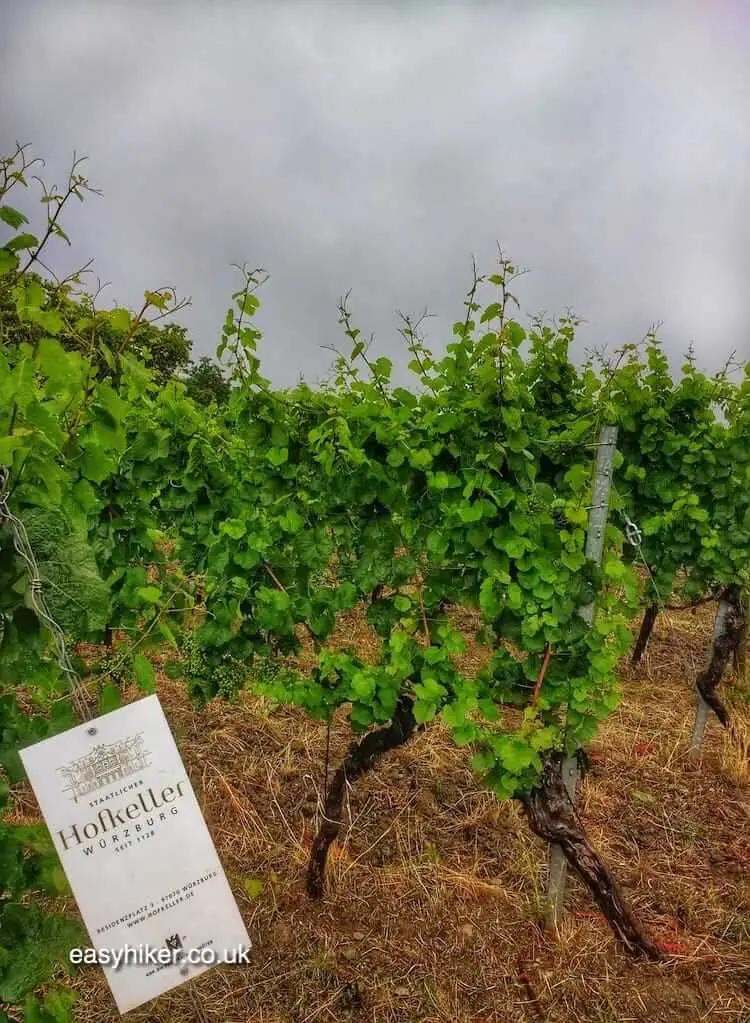
When you reach the Steinburg Hotel, …

… the trail will lead you gently up and then back towards the Weingut am Stein. You are now taking the “high road”, which makes for a nice and attractive change of perspective.

Near the end of the trail, you will find the Poets’ Corner with many interesting information panels on famous writers who have enjoyed the local wine.
The star of the show is Goethe, Germany’s national poet, who is on record of declaring the Stein wine his favourite drink. (In a letter to his wife, Goethe wrote that “no other wine will taste good to me” and that he became “irritable” when he could not get hold of any.)

Shortly after that, a stairway on your right hand side will take you down and back to the Weingut am Stein.
Finally, a word about the weather. The dark clouds that you can see on some of our pictures were not merely putting on a show: they meant business – and on the Steinweinpfad, there is no place to hide.
A few days of warm and dry weather had lulled us into a false sense of security, so we had not brought our umbrellas – but fortunately, I had packed the best things: my new adidas outdoor boots (see them here) and rain coat.
They are perfect for light rain, with the raincoat allowing one to keep the hands free to make notes or take photos and even protects from the worst in that day’s rather heavier downpour.
And, as you will surely agree, they look fancy, too. On days when everything around you is grey, bring your own little patch of sky blue with you.



